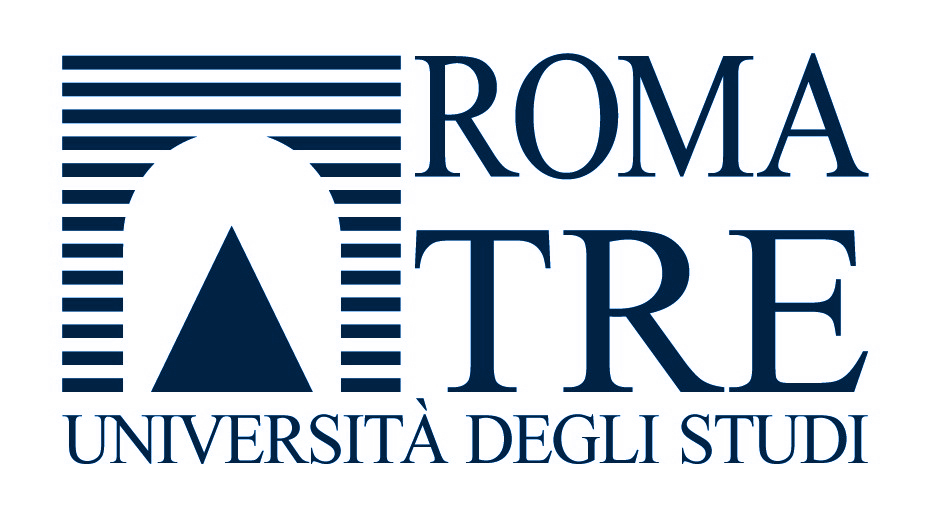| Fintech and digital money
(objectives)
Digital innovation is reshaping every aspect of our lives, and finance is no exception. Digital developments bring in new operational tools, infrastructures, and interfaces, which, in turn, are revolutionizing market structures, business models and their platforms, clients’ access to financial services and payment tools, and the regulation and supervision of each of these aspects. Indeed, digital technologies open up new opportunities for financial and non-financial businesses, investors, and retail clients. However, these opportunities are coupled by corresponding risks. We can expect: more competition but also new oligopolies or monopolies; more financial inclusion but also new hurdles and discriminations to access financial services or risks of criminal use of the financial sector; more investors’ choices but also risks to their privacy; better diversification but also new vulnerabilities to financial stability or monetary policy; etc..
The course intends to provide the students with a toolkit to understand these on-going changes, and frame the related legal and regulatory challenges. In particular, specific attention will be given to the extent to which these changes: (i) are bringing about a “revolution” or rather an “evolution” of the financial system and the related institutional, regulatory, and supervisory framework; (ii) require new skills and conceptual legal tools to be adequately addressed; (iii) introduce new trade-offs between concurring public interests, and the ensuing need for regulatory intervention.
The course will be structured in two parts. The fist one provides an introduction to the concepts of centralized and decentralized finance, and their application to the evolving financial ecosystem. For this purpose, it will kick off from the basic legal and economic concepts underlying financial intermediation; its traditional articulation between banking and the payment system, on the one hand, and market finance, on the other hand; the public interests underlying their regulation and supervision. This first layer is the basis to move to the “enabling” and “triggering” role of technology: we review the innovative digital tools which are reshaping the financial sector (distributed ledger technologies and the blockchain, API, clouds, machine learning, etc.) and the ensuing current and expected economic impacts and legal implications.
The second part delves into the institutional and regulatory response to the above innovations, at the international level (G-20 and G7), European and Italian level, with a focus to the main trade-offs that this regulatory response tries to address. Specific attention will be given to the Digital Finance Package and other European initiatives in this area: MICAR, DLT Pilot Regime, Open Finance and PSD3, retail payments strategy and digital euro project, DORA, Crowdfunding, Sandboxes. Each of these will be analyzed within the broader context of the international framework.
|
 Università Roma Tre
Università Roma Tre